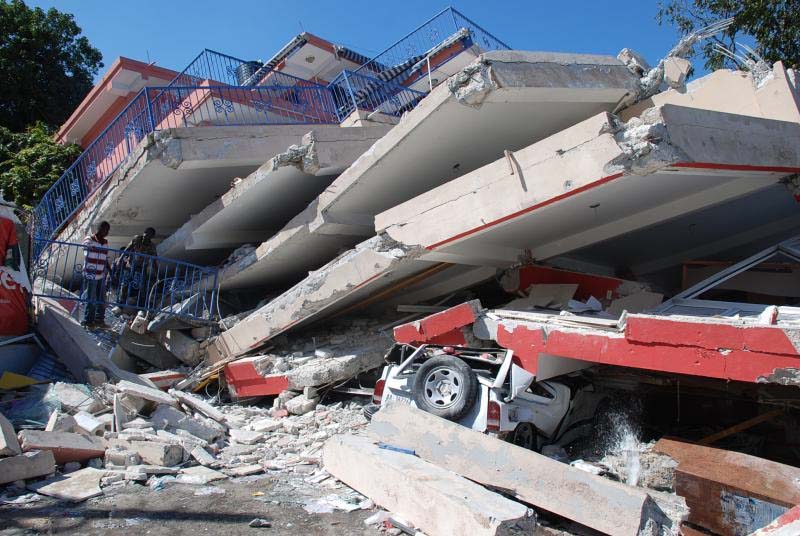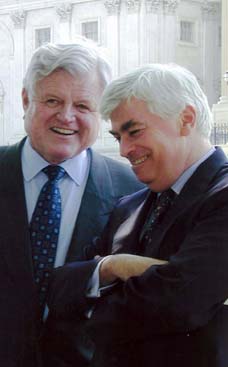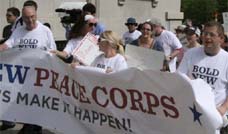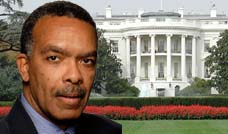
Today, Ancashinos sit in their adobe houses watching devastating images of Haiti on old TVs and are bitterly reminded of a not so far away past when they were living the same horror. Politicians and international aid workers should turn to Ancash as a developmental case study to help maneuver the unsteady waters of Haiti. What happens to an already impoverished society when a natural disaster strikes? Today, there continues to be significant international financial involvement in Ancash. Non Governmental Organizations like World Vision, CARE and ADRA work on internationally funded development projects in cities and isolated rural annexes in this Andean state. Mines in Ancash like Antamina and Barrick that extract gold, silver and coal give back donations to the communities where they work like new pick-up trucks, computers or health post renovations. Despite different types of financial involvement, 16 of Ancash's 20 provinces remain in the two poorest economic tiers, and some areas of the state are still in shambles. When a disaster strikes, basic human morality implores those of us capable to help those of us in need. International financial aid and involvement over a period of time is certainly necessary after major natural disasters wreak havoc on impoverished societies like Ancash and Haiti. But once the proverbial dust has settled, is prolonged international aid sustainable? When does international financial aid stop helping and start stripping a society of its national fabric and sovereignty? What happens to national and personal responsibility and self-esteem? In Tumpa, I often encounter a general lack of motivation, low self-esteem and apathy in the townspeople. Is 40 years of outside financial involvement more beneficial or detrimental to the growth and development of people from societies like Ancash? Did our morality in 1970 take a long-term demoralizing effect on these people?
Peru RPCV Sophie Dila writes: How to rebuild Haiti: Lessons from the 1970 earthquake in Ancash, Peru
How to rebuild Haiti: Lessons from the 1970 earthquake in Ancash, Peru
By Sophie Dila
Caption: Haiti - search and rescue Large parts of Haiti's capital of Port-au-Prince have been destroyed by a 7.3 magnitude earthquake on 12 January. Photo taken on 15 January 2010 by IFRC/Eric Quintero (p-HTI0158)
Almost 40 years ago, an earthquake the magnitude of 7.7 on the Richter scale struck off the coast of Peru and devastated the Andean state of Ancash, taking the lives of an estimated 80,000 people. Another 3 million were affected, making the quake the largest natural disaster in Peruvian history.
Huaraz, Ancash's capital city, crumbled to the ground. Ancash's smaller villages were demolished; the adobe houses and buildings didn't stand a chance. The quake destabilized the northern wall of Mount Huascaran, and towering at over 22,000 feet, the wall of the glacier broke off, creating a landslide of epic proportions that buried the urban town of Yungay. Only a couple hundred children and teachers survived the Yungay landslide because they were hiking on hills above the city, above the reach of the mud, ice, and debris that buried their town and families in the blink of an eye. The surviving children were dispatched to orphanages around the world.
Forty years later, another massive earthquake devastates the impoverished island nation of Haiti. The statistics are shockingly similar: both Ancash and Haiti were impoverished areas before the earthquakes, both quakes left over 50,000 people dead and around 3 million affected, and both quakes completely destroyed vital infrastructure.
Today, Ancashinos sit in their adobe houses watching devastating images of Haiti on old TVs and are bitterly reminded of a not so far away past when they were living the same horror. Politicians and international aid workers should turn to Ancash as a developmental case study to help maneuver the unsteady waters of Haiti. What happens to an already impoverished society when a natural disaster strikes?
The earthquake in Ancash affected every aspect of the campesinos' life, from family, culture, economy, infrastructure, and personal identity. Homes turned to dust. Livelihoods were lost. Parents, siblings, and friends perished into the ground. Communities were destroyed. The shock these losses take on a person's self-esteem and self-worth are immeasurable. Peru lacked the resources to help their own people and turned to the outside world for rescue.
What resulted was a massive influx of international aid and support to Ancash; richer nations and organizations like the Inter-American Development Bank and the World Bank sent food, medicine and manpower in hoards. Survivors of the earthquake in Tumpa, my Peace Corps hometown, tell me about the planes that would drop boxes filled with clothes and medicine out of the sky.
The "Culture of Receiving" in Ancash
Today, there continues to be significant international financial involvement in Ancash. Non Governmental Organizations like World Vision, CARE and ADRA work on internationally funded development projects in cities and isolated rural annexes in this Andean state. Mines in Ancash like Antamina and Barrick that extract gold, silver and coal give back donations to the communities where they work like new pick-up trucks, computers or health post renovations. Despite different types of financial involvement, 16 of Ancash's 20 provinces remain in the two poorest economic tiers, and some areas of the state are still in shambles.
One of the major challenges Peace Corps volunteers in Ancash face today is what we call the "culture of receiving." Since 1970, Ancashinos have become accustomed to receiving international aid, mostly in the form of money. Whether the financial aid comes from NGOs with health, educational or micro-business missions, or from mining companies seeking to pacify exploited communities with quick and glamorous development projects, Ancashinos are in the habit of receiving money. Eager Peace Corps volunteers seek opportunities to start grassroots development projects, but often are not taken seriously, because to the Ancashino eye, a Gringo equals a greenback. In various regions of the country, I know of other volunteers organizing womens' groups to discuss issues like self-esteem, vocational skills or pregnancy; but in Ancash, groups like these are difficult to arrange without financial prizes or incentives for the participants. Community gardens or libraries are projects that could be started with the help of motivated town leaders who encourage community members to collaborate and work together; but starting these types of sustainable development projects in the Ancash communities without applying for grants is challenging and rare. And this might be because of how the outside world reacted to the earthquake of 1970.
When a disaster strikes, basic human morality implores those of us capable to help those of us in need. International financial aid and involvement over a period of time is certainly necessary after major natural disasters wreak havoc on impoverished societies like Ancash and Haiti. But once the proverbial dust has settled, is prolonged international aid sustainable? When does international financial aid stop helping and start stripping a society of its national fabric and sovereignty? What happens to national and personal responsibility and self-esteem? In Tumpa, I often encounter a general lack of motivation, low self-esteem and apathy in the townspeople. Is 40 years of outside financial involvement more beneficial or detrimental to the growth and development of people from societies like Ancash? Did our morality in 1970 take a long-term demoralizing effect on these people?
Seek Long-term Development Strategies
Alternatives to long-term international financial involvement in response to natural disaster situations could include development programs like the Peace Corps Response whose volunteers donate a few months to a year to educate people on healthy lifestyle techniques or micro-business strategies to help in the transition from crisis situations to peace. And then there is the Peace Corps, whose volunteers live and work in developing countries partnered with host country nationals who seek to empower positive change and growth in their own communities. One human being extending a helping hand to another, offering knowledge instead of cash, is a resource that should not be underestimated. The international community should examine alternative options to financial aid that help developing communities transition to build their own countries with dignity so the citizens can really "own" their development.
Despite our academic knowledge, history continues to repeat itself. The role of international financial aid in times of crises like these is needed, but up until a certain point. If Haiti wants to become a sovereign, self-sufficient nation, the international community should examine appropriate alternatives to providing financial aid over the long-term. Otherwise, the Haitians might rely too heavily on external support for the foreseeable future, obstructing the way for organic, national development.
Sophie Dila is currently serving in the Peace Corps as a youth development volunteer in Tumpa, Ancash. Born in Connecticut, Ms. Dila received a B.A. degree in International Studies from American University in 2007. Visit sophiedila.blogspot.com to read more about her experiences in Peru.












